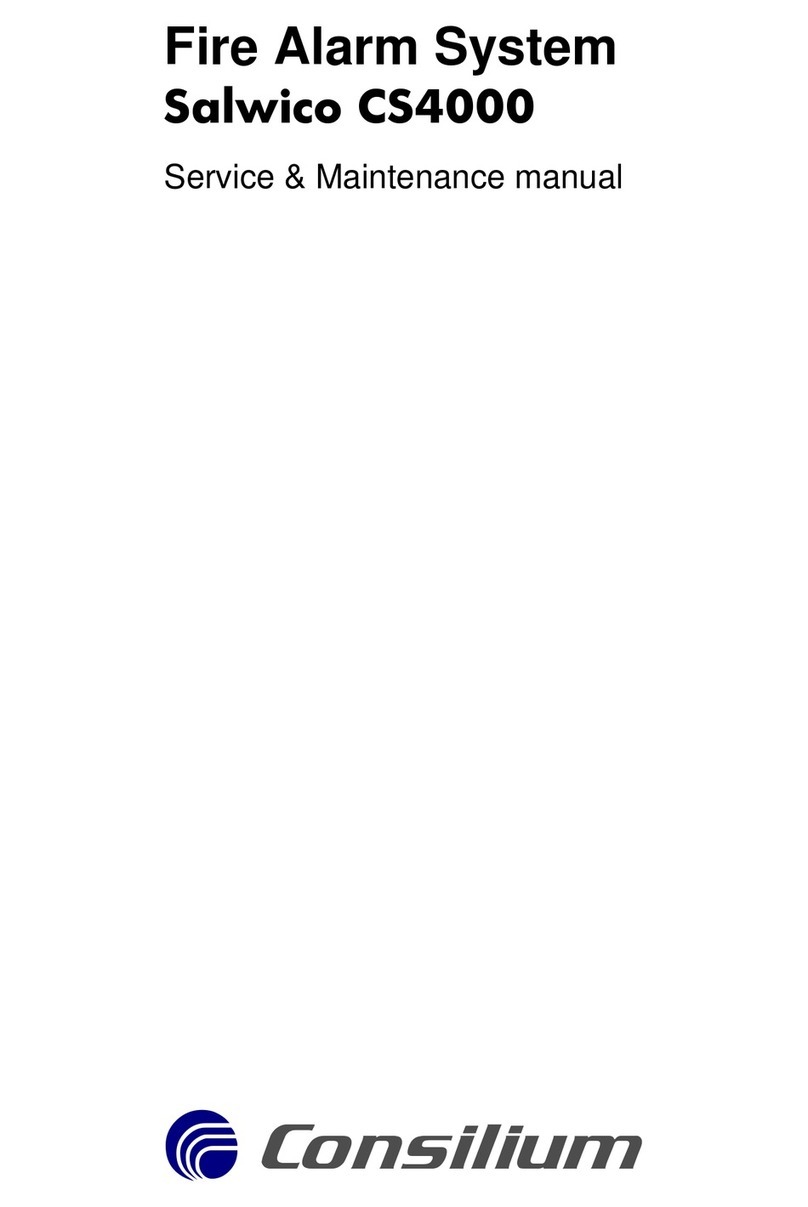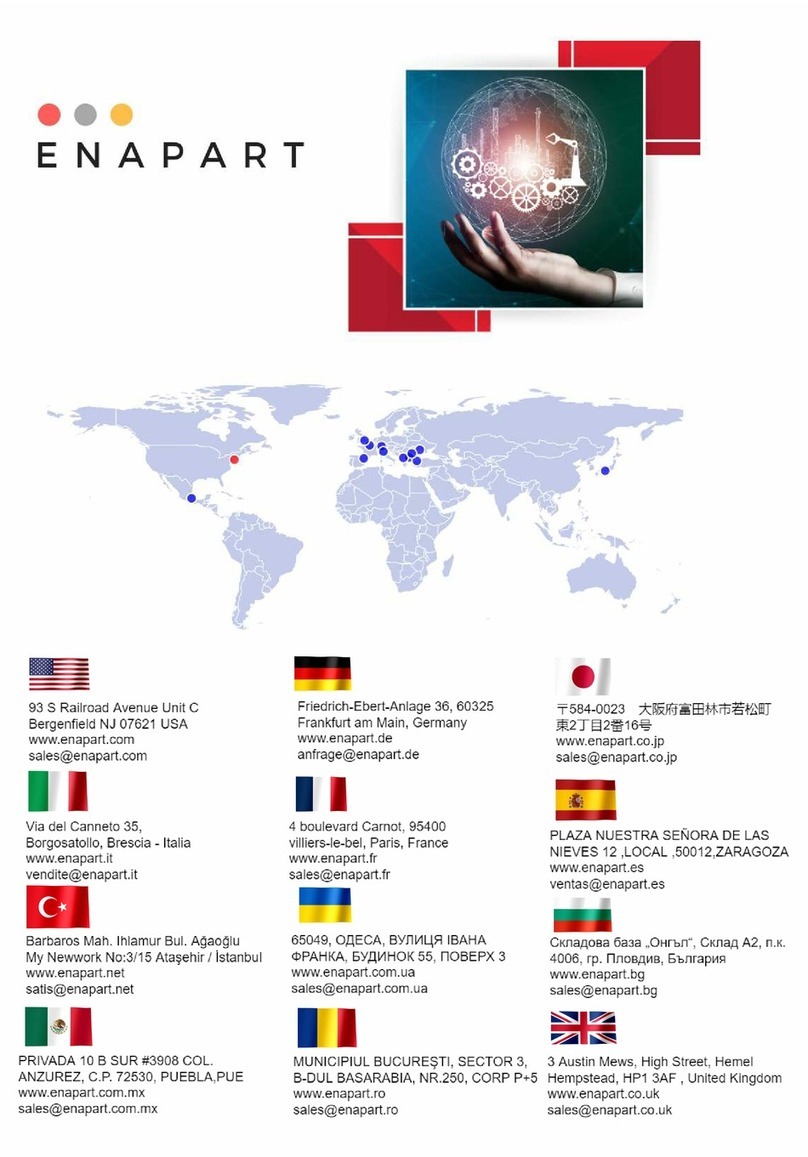
Table of contents
1 Introduction....................................................................................... 1
1.1 About this manual............................................................................. 1
1.2 References ......................................................................................... 1
1.3 Symbols used in the manual ............................................................. 1
1.4 Standards and certifications ............................................................. 2
2 Safety considerations ........................................................................ 3
2.1 If a fire or fault alarm is flashing on the control panel .................. 3
2.1.1 In case of a fire alarm..................................................................... 3
2.1.2 In case of a fault alarm................................................................... 3
2.1.3 Further instructions ........................................................................ 3
2.2 Precautionary measures ................................................................... 4
3 Fire Detection System ....................................................................... 5
3.1 System Description............................................................................ 5
3.1.1 Introduction.................................................................................... 5
3.1.2 Systems and Interfaces................................................................... 5
3.1.2.1 CCP Fire ....................................................................... 5
3.1.2.2 CFD5000 FDS - an extension of CCP Fire................... 6
3.1.2.3 CFD5000 FDS Subsystem ............................................ 7
3.1.3 CFD5000 Modules......................................................................... 9
3.1.4 Modules Overview......................................................................... 10
4 Quick Guide for Control Panel M 2.2.............................................. 11
5 User Instructions for Control Panel M 2.2 ...................................... 13
5.1 Control Panel M 2.2.......................................................................... 13
5.1.1 Description of Keys and Indicators................................................ 13
5.1.2 Guide to the Menu System............................................................. 15
5.1.2.1 Navigating the Menus................................................... 15
5.1.2.2 Menu Alternatives......................................................... 16
5.2 Access Levels ..................................................................................... 21
5.3 Setting Time and Date....................................................................... 22
5.4 Fire Alarm......................................................................................... 23
5.4.1 Information Displayed when “Fire” is Flashing ............................ 23
5.4.2 Reset a Fire Alarm ......................................................................... 23
5.4.3 Reset All Fire Alarms .................................................................... 23






























